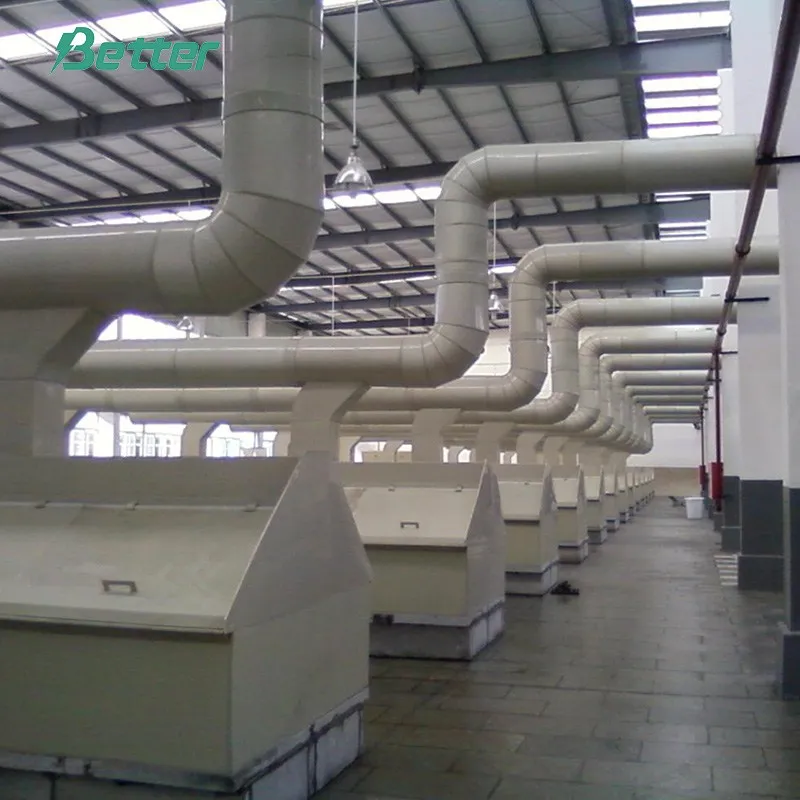
How Long Should Plates Stay in Charging Bath
2025-11-24 15:35Contents
1. Why Charging Time Actually Matters
2. Standard Soak Times Most Factories Use
3. Positive Plates vs Negative Plates – Different Needs
4. How Acid Density Changes the Timing
5. Temperature: The Silent Game-Changer
6. Thicker Plates = Longer Charging?
7. Current Settings That Save You Hours
8. Signs You're Leaving Plates Too Long
9. Signs You're Pulling Plates Out Too Early
10. Quick Checklist Before You Start a New Batch
11. A Plate Charging Bath That Makes Timing Easier
Why Charging Time Actually Matters
Getting the time right in the plate charging bath is one of those steps that quietly decides whether your lead-acid batteries will deliver full capacity or fall short from day one. Too short and the active material never fully forms; too long and you waste electricity, overheat the plates, and risk shedding that cuts battery life. Most production managers just follow whatever number was written down years ago. In reality, the correct soak time changes with every new paste recipe, plate size, and even the season.

Standard Soak Times Most Factories Use
For regular automotive and industrial flooded batteries, the typical range sits between 12 to 24 hours for the first formation charge. Tubular positive plates usually stay longer—24 to 48 hours—because the gauntlets slow acid penetration. Deep-cycle flat plates often fall in the middle, around 18–30 hours. These numbers are starting points, not rules.
Positive Plates vs Negative Plates – Different Needs
Positive plates need more time in the charging bath than negative ones. The lead dioxide conversion on positives is slower and needs stronger oxidation. Many factories charge them together in the same bath but pull negatives out 4–8 hours earlier to avoid over-forming the sponge lead. Separate baths or staggered removal times give the best results.
How Acid Density Changes the Timing
Most formation starts at 1.05–1.15 specific gravity. Lower density speeds things up because current flows easier, but you risk incomplete conversion if you rush. Higher starting density (1.18–1.22) slows the process yet gives denser active material. A good rule: every 0.05 increase in SG adds roughly 2–4 hours to the total charging time.
Temperature: The Silent Game-Changer
Acid temperature directly controls reaction speed. At 25–30 °C you're in the sweet spot. Every 10 °C rise roughly doubles the reaction rate—so 40 °C can cut hours off the schedule, but you also double gassing and risk plate warping. Below 20 °C everything crawls; you'll easily add 30–50 % more time. Good charging baths have reliable cooling and heating to keep you in the safe window all year round.
Thicker Plates = Longer Charging?
Yes, almost linearly. A 1.5 mm automotive plate might finish in 14 hours, while a 4.0 mm traction plate of the same grid alloy can need 40+ hours. The acid has to reach the very center of the plate. Thick plates also heat up more in the middle, so controlled current and good bath circulation become critical.
Current Settings That Save You Hours
Two-stage or three-stage formation is now standard. Start high (C/10 to C/15 for the first 8–12 hours) to build the basic structure fast, then drop to a finishing current (C/50 or lower) until the voltage stabilizes and gassing is strong. Constant current all the way to the end is simple but wastes a lot of time and power.
Signs You're Leaving Plates Too Long
Excessive heat (bath above 50 °C), heavy brown sediment in the bottom, positive grids showing corrosion pits, or negatives turning grey-white instead of dark sponge lead. Once you see these, capacity has already started dropping.
Signs You're Pulling Plates Out Too Early
Positive plates still reddish-brown instead of chocolate brown, low open-circuit voltage after resting, or quick drop during the first discharge test. These batteries will never reach rated Ah even after a few extra cycles on the shelf.
Quick Checklist Before You Start a New Batch
– Measure and record starting acid SG and temperature
– Confirm plate thickness and type match the program
– Check that cooling/heating coils are clean and working
– Set current steps and total Ah target (usually 2.2–2.6 × rated capacity)
– Have a spare thermometer and hydrometer on hand
A Plate Charging Bath That Makes Timing Easier
Modern plate charging baths with built-in chilling, automatic temperature compensation, and precise rectifier programs take most of the guesswork away. You set the target Ah and the bath adjusts current and cooling in real time. If you're still fighting temperature swings or uneven formation, take a look at Better Tech Group's latest plate charging bath. The circulation and control systems keep every plate at the ideal condition from start to finish.
